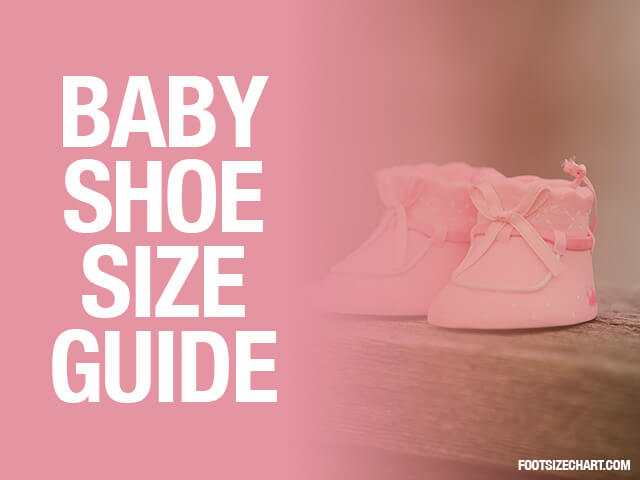Baby Shoe Size Chart by Age & Guide
Figuring out your baby's shoe size can be a puzzle! Their feet are tiny, they grow so fast, and sizes aren't always the same. This guide makes it easy. Below you'll find a simple chart to help you find the right size based on your baby's age.
Baby & Toddler Shoe Size Chart by Age
Use this chart as a starting point. Since every baby's feet are different, it's always a good idea to measure their feet for the most accurate fit.
| Age | US Size | UK Size | EU Size | Foot Length (Inches) | Foot Length (CM) |
|---|---|---|---|---|---|
| 0-3 Months | 1 | 0.5 | 16 | 3.5" | 8.9 cm |
| 3-6 Months | 2 | 1.5 | 17 | 3.75" | 9.5 cm |
| 6-9 Months | 3 | 2.5 | 18 | 4.125" | 10.5 cm |
| 9-12 Months | 4 | 3.5 | 19 | 4.5" | 11.4 cm |
| 12-18 Months | 5 | 4.5 | 20 | 4.75" | 12.1 cm |
| 18-24 Months | 6 | 5.5 | 22 | 5.125" | 13.0 cm |
As your little one gets bigger, be sure to check our Kids' Shoe Size Chart for the next stage!
How Do Baby Shoe Sizes Work?
Baby shoe sizes are simple! They start at size 0 (for newborns) and go up from there. The size is based on the length of your baby's foot in inches or centimeters. The biggest challenge is that sizes can vary a little between brands, which is why measuring is so helpful.

How to Measure Your Baby's Feet at Home
You don't need fancy tools! Here's how to get an accurate measurement at home:
- Use a ruler or tape measure. A soft tape measure works well for wiggly feet.
- Wait for the right moment. It's easiest when your baby is relaxed or even sleeping.
- Measure from heel to toe. Make sure their toes are flat and not curled up. Measure from the very back of their heel to the tip of their longest toe.
- Measure both feet. It's common for one foot to be slightly bigger than the other. Always use the larger measurement to pick a size!
Tips for Buying the Perfect Baby Shoes
Keep these tips in mind when you're shopping:
- Leave a little room. You should be able to fit your pinky finger between your baby's heel and the back of the shoe. This gives them room to grow.
- Check the width. If a shoe seems too tight on the sides, look for a wider model.
- Flexibility is key. A good baby shoe should be flexible. Try to bend the shoe in half. If it's stiff, it might be uncomfortable for them.
- Barefoot is best indoors. When you're at home, letting your baby walk barefoot helps their feet develop naturally and get stronger.
- Check the fit often. Baby feet can grow a full size in just a few months! Check the fit of their shoes every 6-8 weeks.
 Foot Size Chart
Foot Size Chart